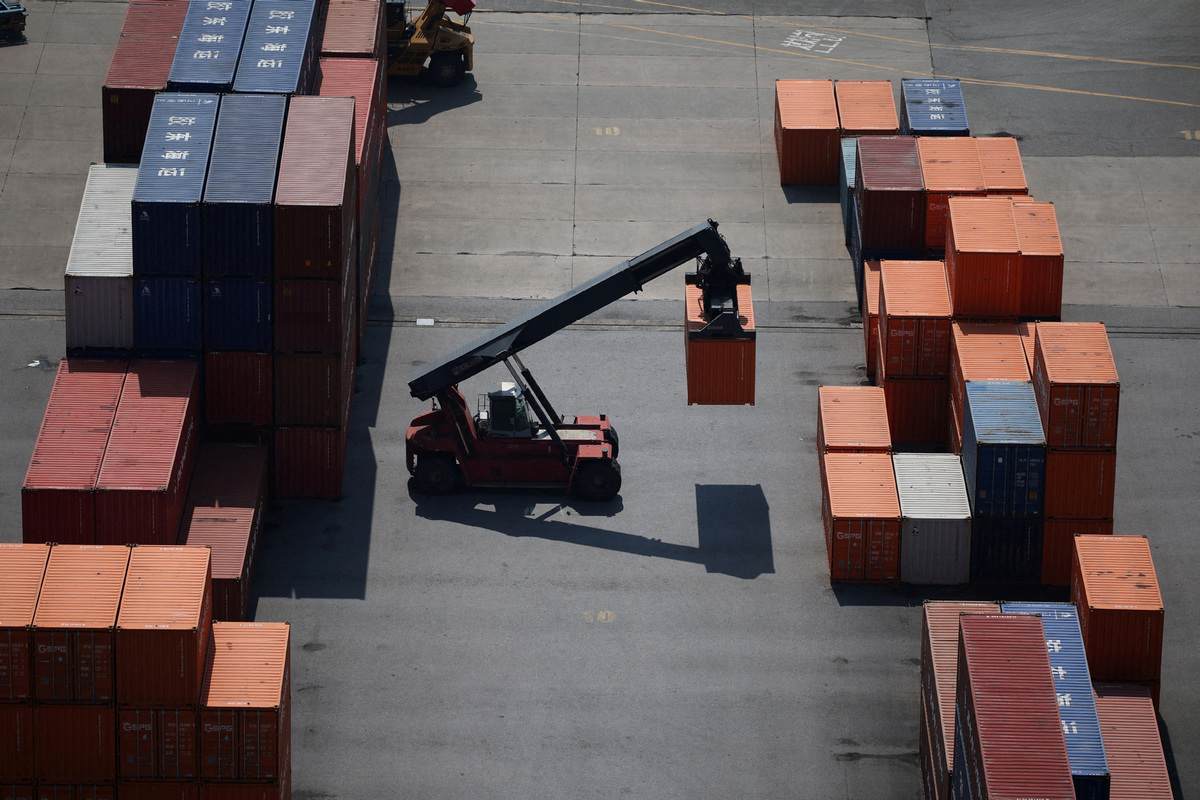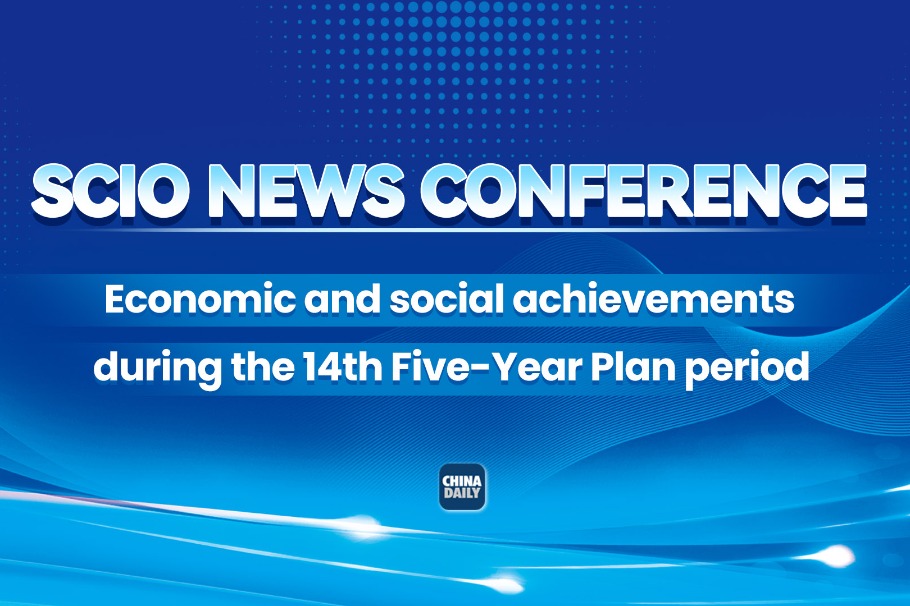Washington threatens new levies on 14 nations
By Anthony Moretti | China Daily Global | Updated: 2025-07-09 09:02

Here we go again: United States President Donald Trump is threatening to impose tariffs. This time, the Republic of Korea and Japan are the two most prominent countries in the crosshairs.
Using social media as the platform to deliver his message, the president announced that 25 percent tariffs will be imposed on the two Asian nations on Aug 1. Further, he warned both countries that if they impose counter tariffs, he will push the US figure even higher. Kazakhstan, Laos, Malaysia, Myanmar and South Africa, among others, were also hit with tariff notices, as high as 40 percent in some cases.
Trump's decision to continue swimming against the trend of the times should surprise no one. He remains convinced that tariffs will make the US rich, despite overwhelming evidence suggesting the opposite. If the tariffs do not make the US rich, then what? It is highly unlikely that the president has seriously considered that question.
Meanwhile, the decision to slap tariffs on the ROK and Japan comes at an awkward time. It was only in March that the foreign ministers of those two countries and China held their annual meetings. Chinese Foreign Minister Wang Yi noted then that the three nations were prepared to strengthen economic and trade cooperation. He added that conversations around a China-Japan-ROK trade agreement should be advanced so that, among other benefits, mutual trade and investment would expand.
It seems logical that the momentum for such an agreement will now speed up, as China has already faced the wrath of the US' trade war and the other two nations are soon to experience the same. None of the three may decouple from the US, but they should look more toward expanding opportunities to import and export goods among each other. At the risk of sounding churlish, every yuan, yen or won that flows among the three is a loss to the US.
Of course, Trump's announcement will also make the US business community more anxious. Granted there was a big sigh of relief in June when China and the US reached agreement on critical trade issues, but the details remain to be ironed out. Even if everything that comes out of those meetings aligns with expectations, doubt cripples confidence throughout the US. The Tax Foundation, a think tank based in Washington, DC, continues to warn of shrinking GDP and wage earnings along with an increased tax burden on the US public the longer that tariffs continue to be at the forefront of the president's economic plan.
In addition, as the global financial analysis company Deloitte recently reported, the certainty of higher tariffs and higher interest rates should "cause (US) businesses to slow their pace of investment and hiring throughout the remainder of 2025 and into 2026. This may lead to the unemployment rate to rise to 4.6 percent in 2026".
Deloitte also estimates real GDP growth of the US to be a sluggish 1.4 percent this year and 1.5 percent next year. By comparison, Morgan Stanley projects China will grow by 4.5 percent this year and 4.2 percent next year. The figures factor in the negative effects of US tariffs.
Remember, the year 2026 ushers in midterm elections in the US. The data above hint at the challenges Republicans will face as they seek to impress upon an already skeptical public that the country will see real benefits from Trump's policies.
And let's not forget BRICS. The BRICS nations, along with the Global South, are certain to be interested in how this latest tariff war plays out. On Sunday, leaders at the BRICS summit in Brazil issued their declaration that included a rebuke for tariffs: "The proliferation of trade-restrictive actions…threatens to further reduce global trade, disrupt global supply chains, and introduce uncertainty into international economic and trade activities, potentially exacerbating existing economic disparities and affecting prospects for global economic development," the statement read. "We voice serious concerns about the rise of unilateral tariff and nontariff measures which distort trade and are inconsistent with WTO rules."
If the president read the declaration, he likely reacted with a shrug. His defiance of common sense is legendary. If his strategy fails, the US public will once again have to suffer because of ill-timed or illogical economic, legislative or military decisions made by their elected leaders.
Trump has said more than once that his toughness will bring big and small countries to the White House in order to negotiate a trade deal that will limit damaging tariffs. But what if the globe fractures into three distinct economic groupings? At least one global banking powerhouse says that scenario is realistic. Under that scheme, the US and China would be anchor countries for two of the groupings and the EU would unite under the third grouping. Global growth would suffer with $3.8 trillion lost to tariffs.
Perhaps the man who speaks often of big, bold, huge and the like will look at that dollar amount and seriously think about whether he wants that to be part of his legacy. Let's face it, a $3.8 trillion loss is big, bold and huge. And bad.
The author is an associate professor in the Communication and Organizational Leadership Department at Robert Morris University in Pennsylvania, the United States.
























